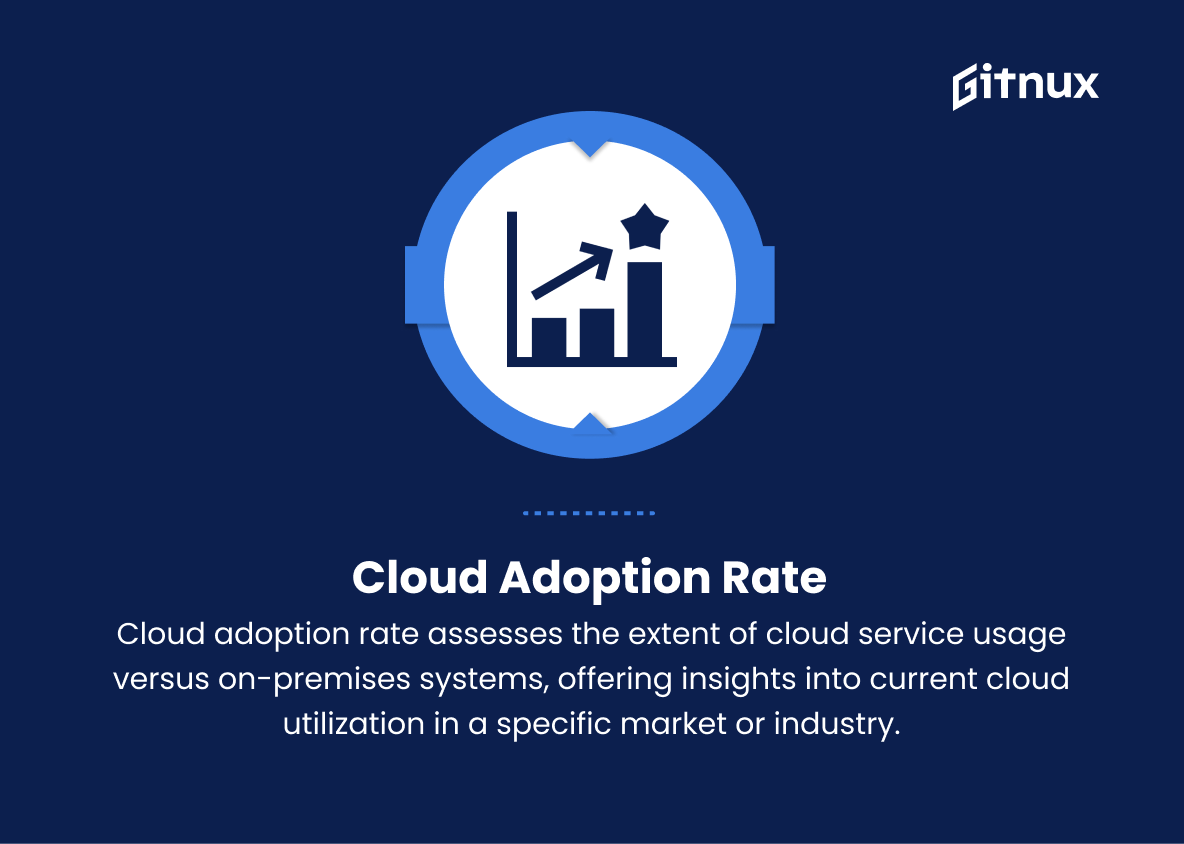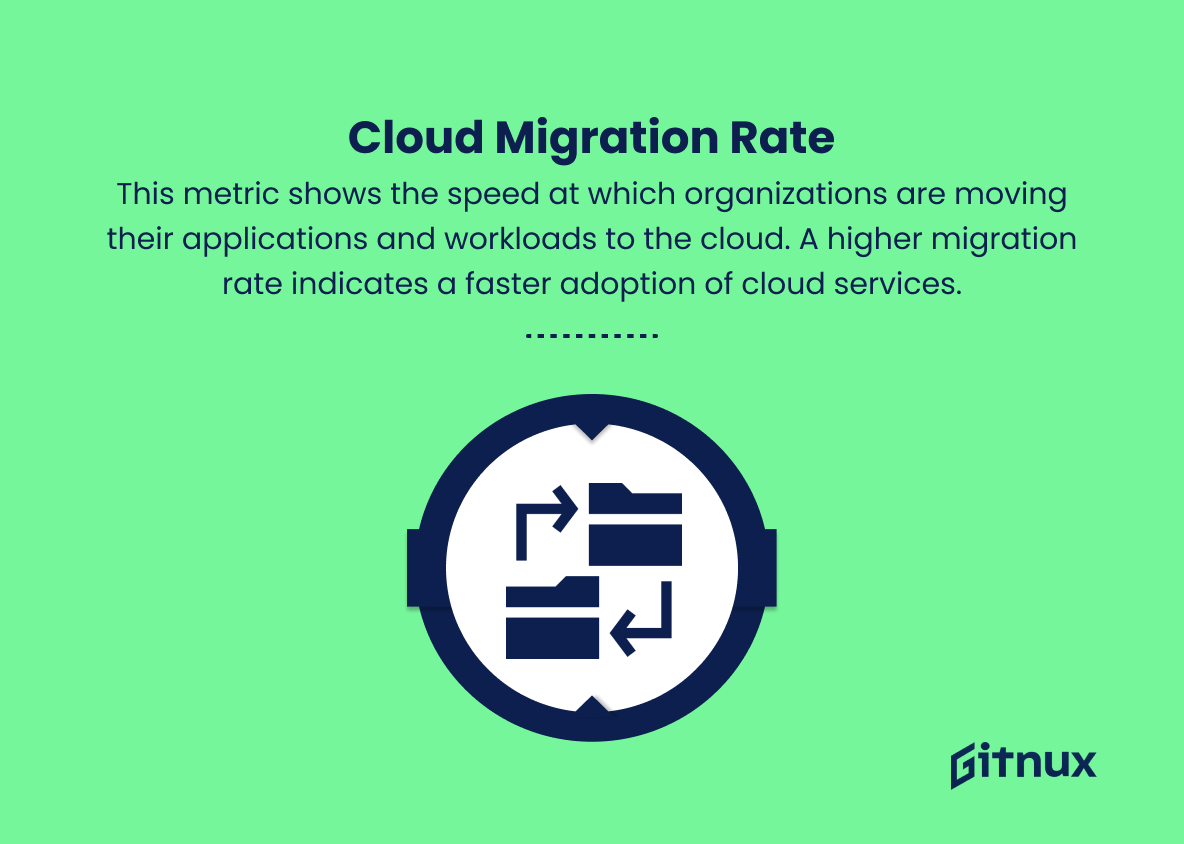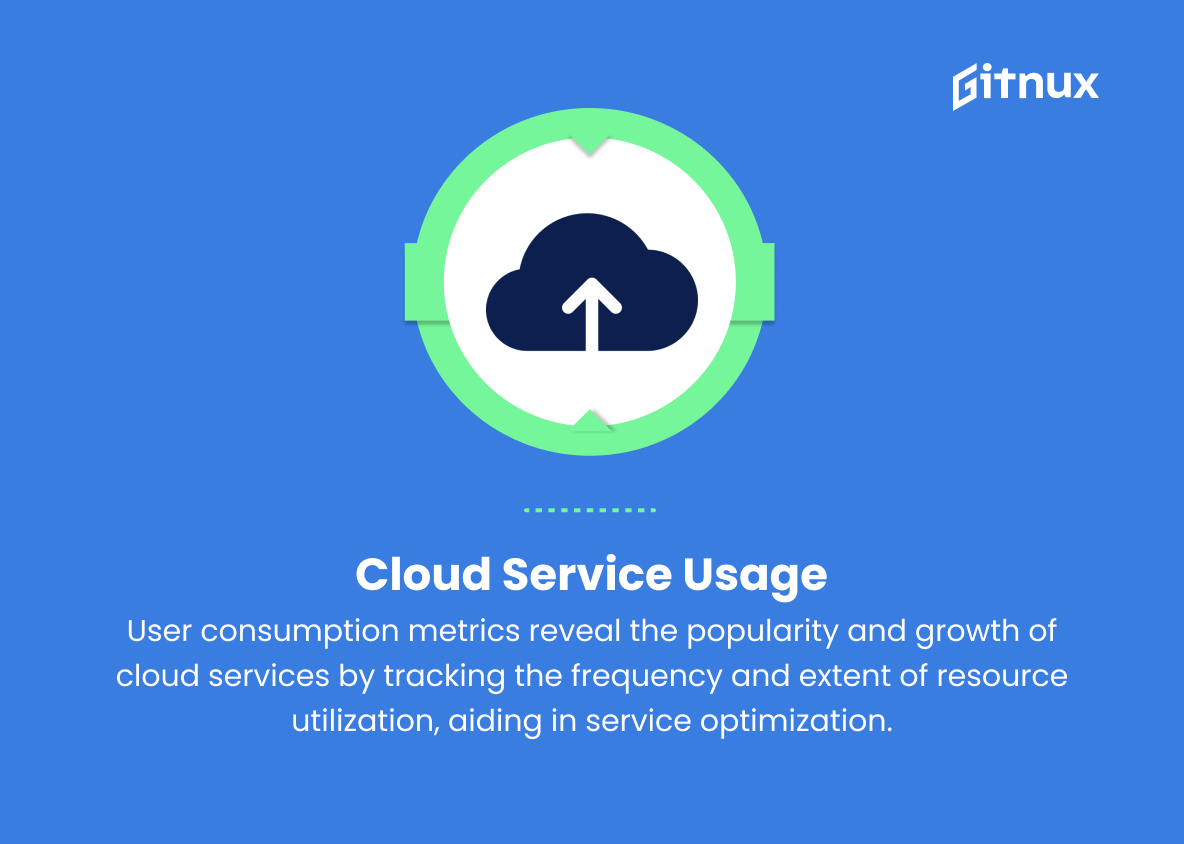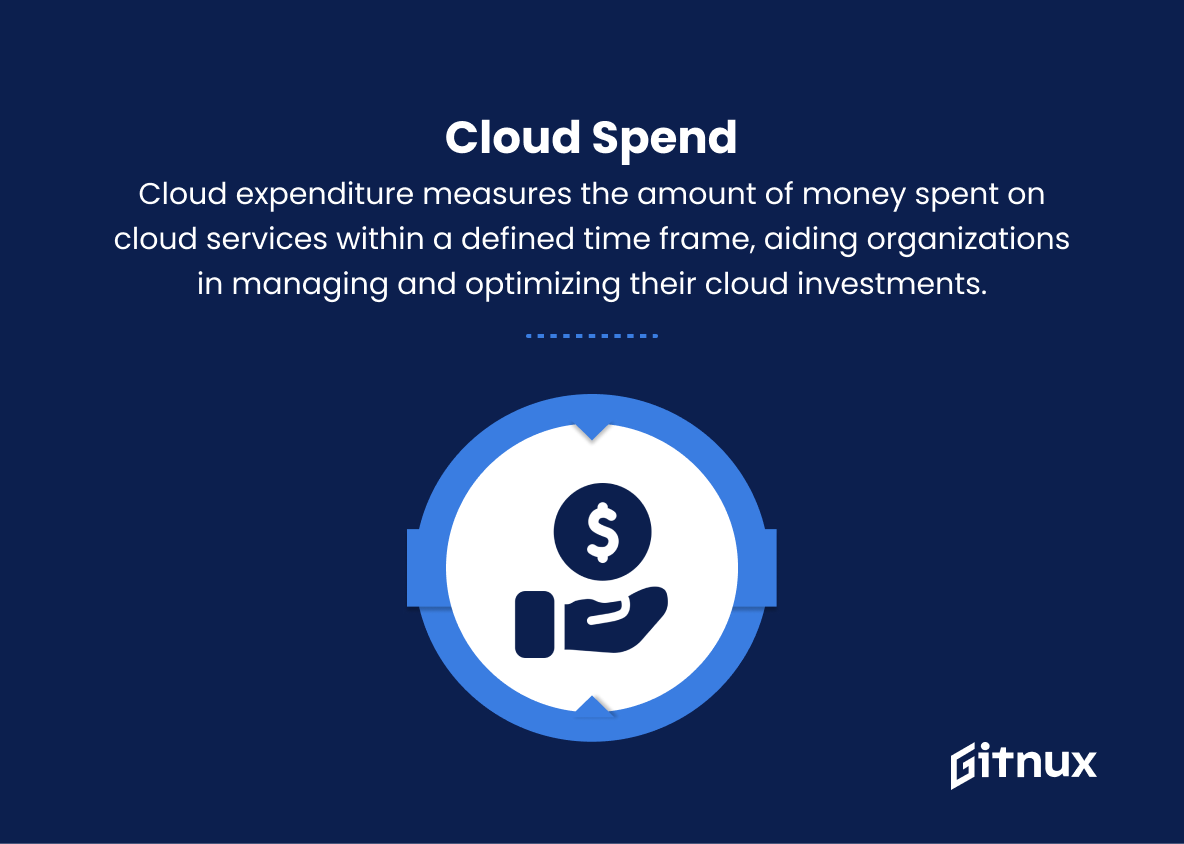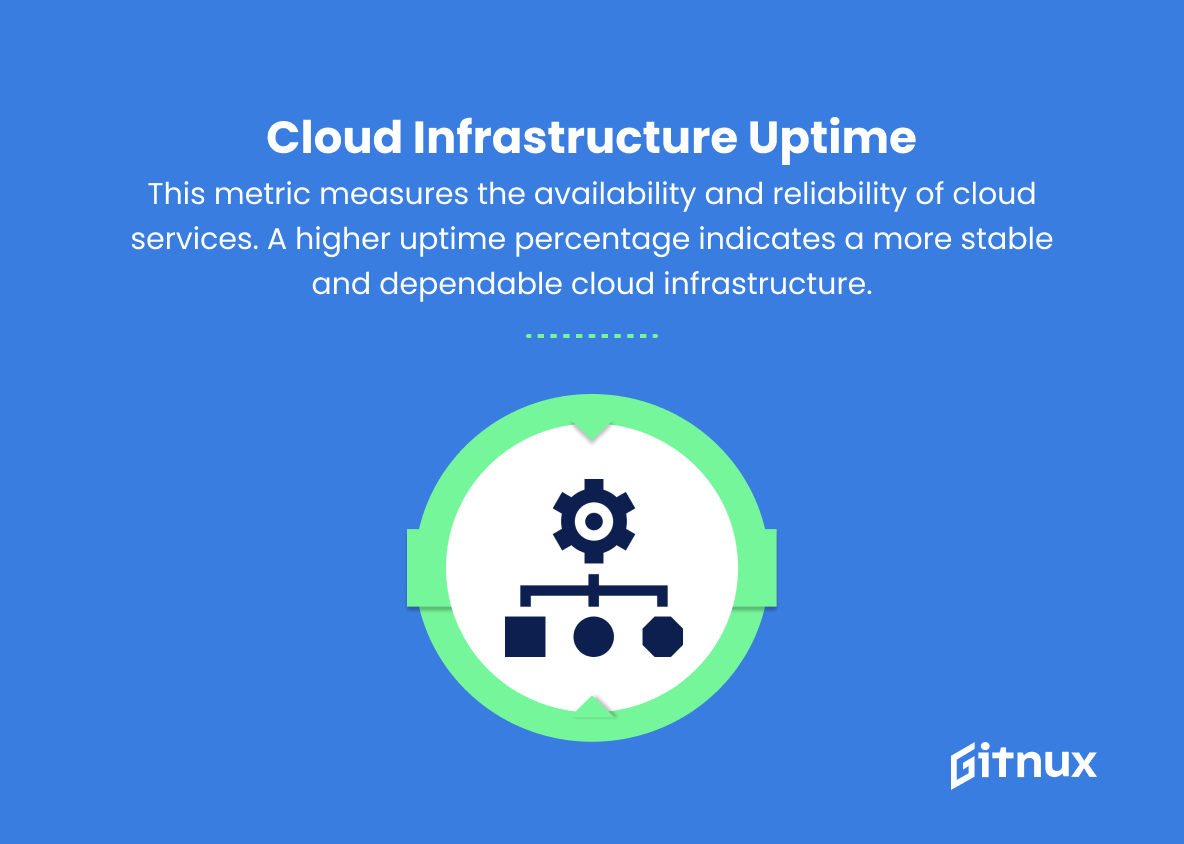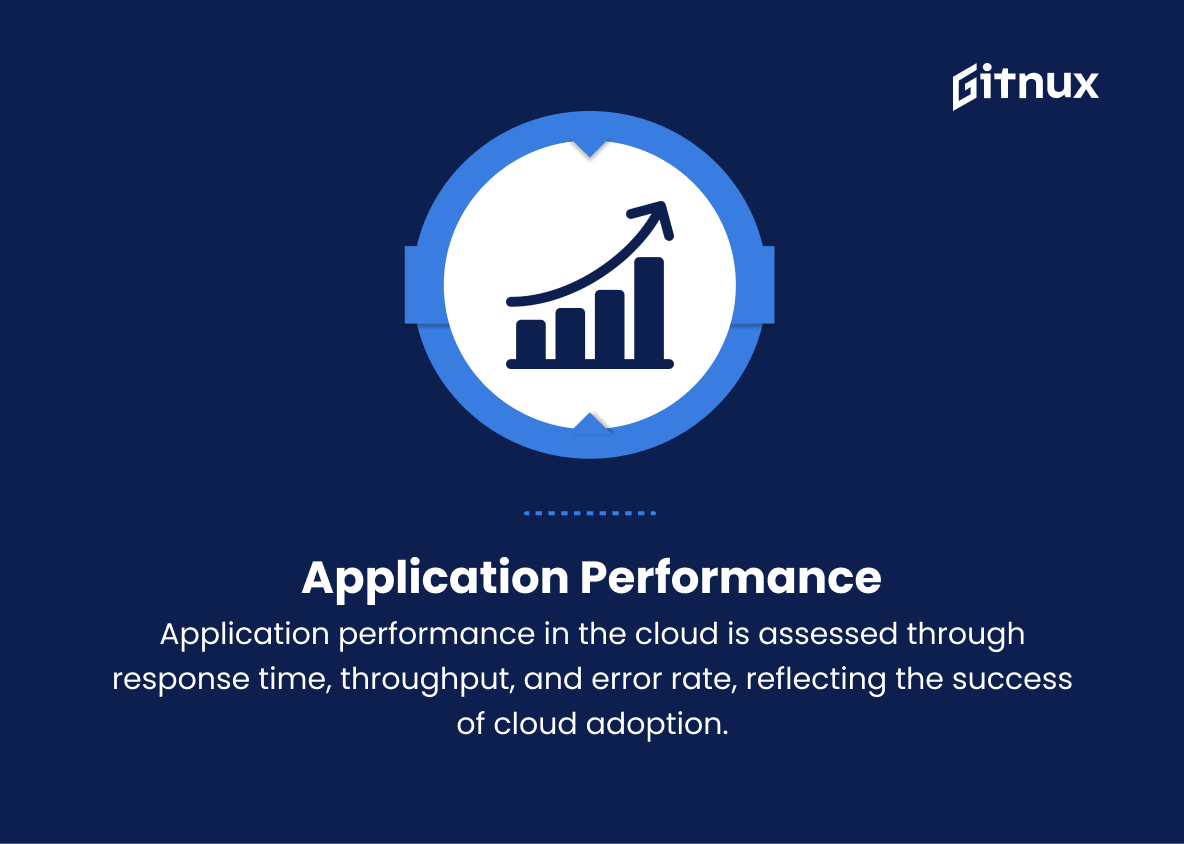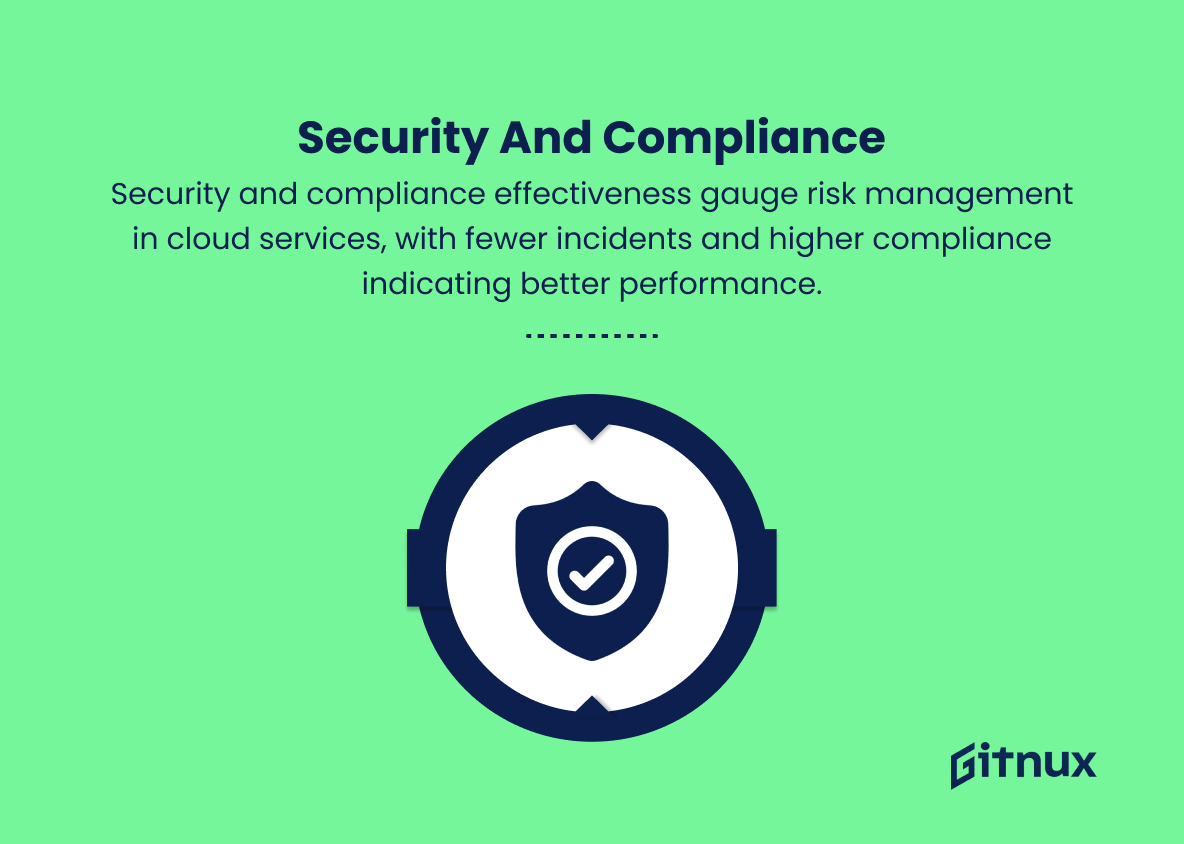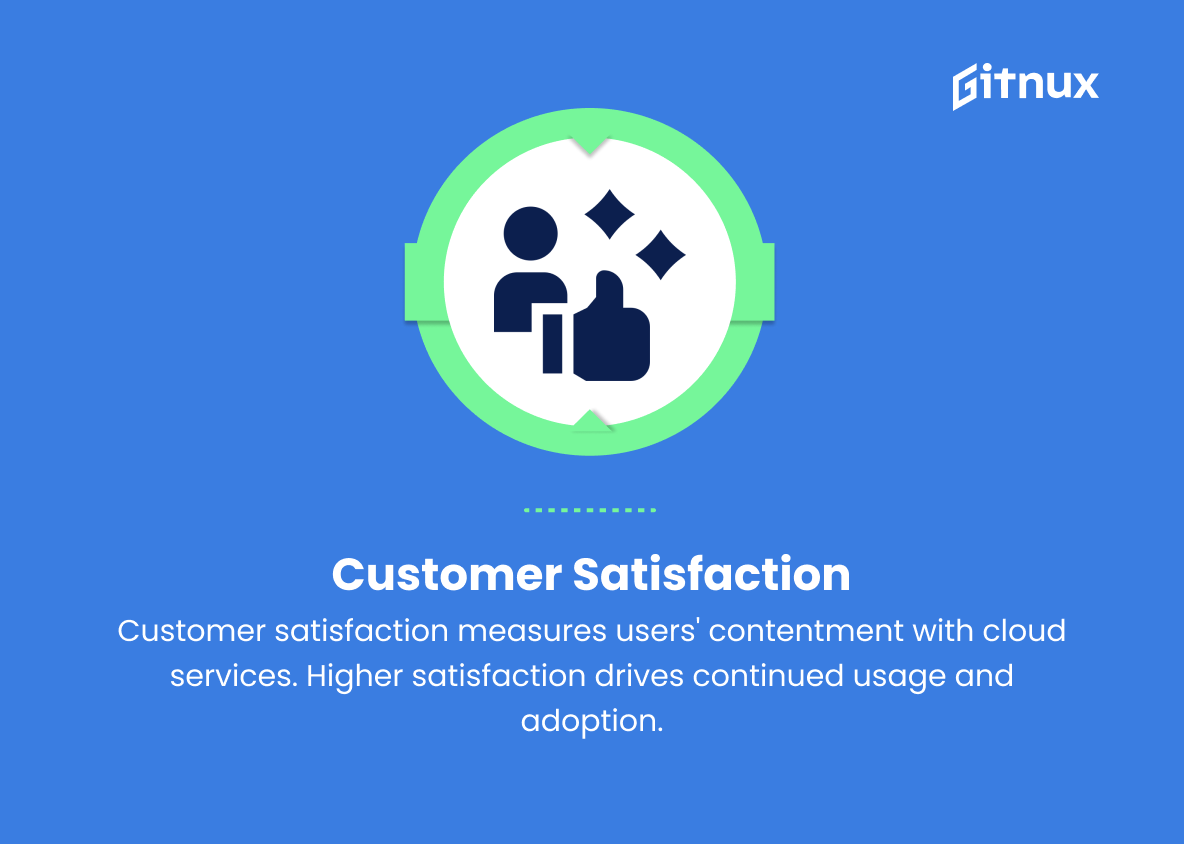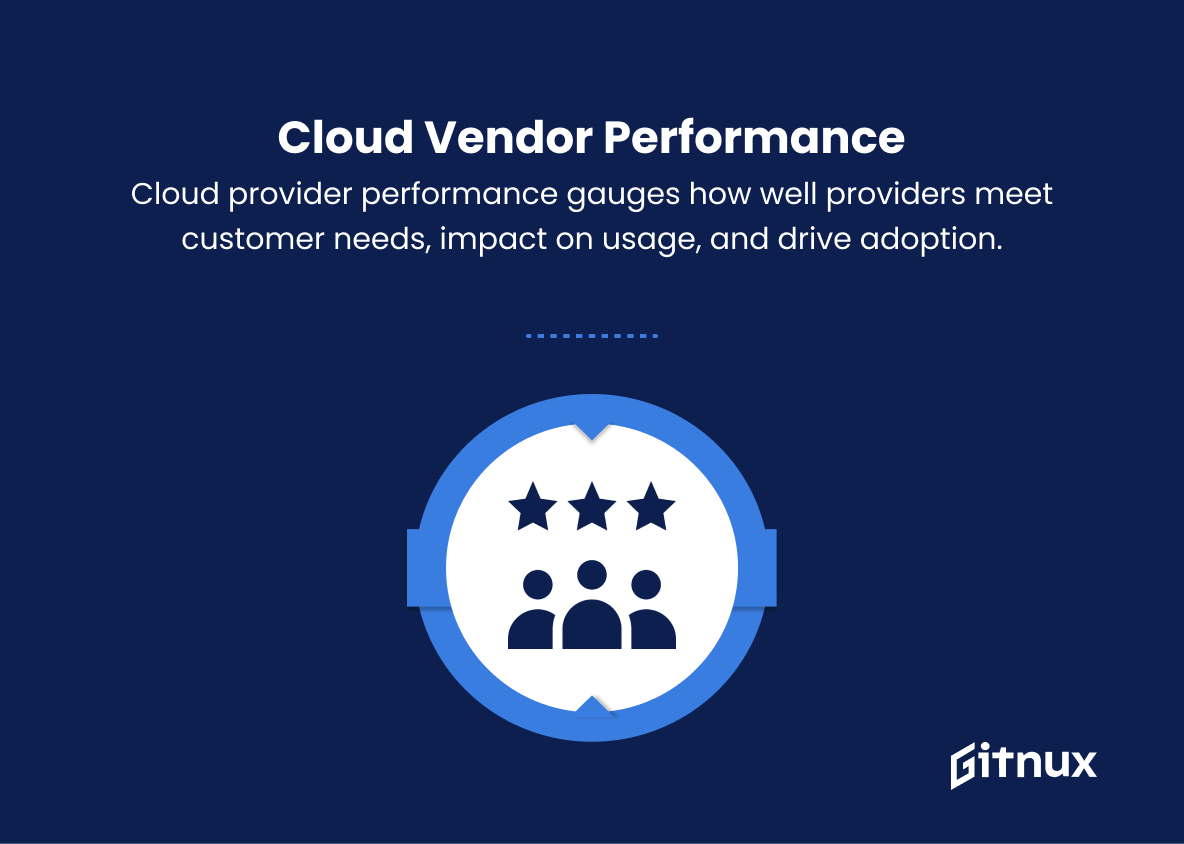In today’s rapidly evolving digital landscape, organizations are consistently seeking ways to streamline operations, improve service delivery, and reduce costs. One such approach that has taken the technological world by storm is the adoption of cloud computing. However, the success of cloud adoption largely hinges on the ability to measure its impact effectively, and that’s where Cloud Adoption Metrics come into play.
In this comprehensive blog post, we will delve into the significance of Cloud Adoption Metrics in gauging the efficiency of a cloud-based infrastructure, explore the key performance indicators (KPIs) for tracking progress, and discuss the best practices for incorporating these metrics into your organization’s cloud strategy. Join us as we navigate the world of Cloud Adoption Metrics and unlock the insights needed to enhance your organization’s digital transformation journey.
Cloud Adoption Metrics You Should Know
1. Cloud Adoption Rate
This measures the percentage of organizations or individuals that have adopted cloud services compared to those still using on-premises infrastructures. It helps to understand the current state of cloud adoption in a specific market or industry.
2. Cloud Migration Rate
This metric shows the speed at which organizations are moving their applications and workloads to the cloud. A higher migration rate indicates a faster adoption of cloud services.
3. Cloud Service Usage
This metric measures the frequency and extent to which users are consuming cloud services, such as compute, storage, and networking resources. It helps determine the growth and popularity of specific cloud services.
4. Cloud Spend
This metric tracks the amount of money spent on cloud services over a specific period. It helps organizations understand their cloud expenditure and optimize their investment in cloud services.
5. Cloud Cost Savings
This metric shows the difference in cost between running applications and workloads on-premises and in the cloud. A higher cost saving indicates a more efficient use of cloud resources and a better return on investment.
6. Cloud Infrastructure Uptime
This metric measures the availability and reliability of cloud services. A higher uptime percentage indicates a more stable and dependable cloud infrastructure.
7. Application Performance
This metric evaluates the performance of applications hosted in the cloud in terms of their response time, throughput, and error rate. Improved application performance indicates successful cloud adoption and usage.
8. Security and Compliance
This metric assesses the effectiveness of security and compliance measures implemented by organizations using cloud services. Lower security incidents and higher compliance levels indicate a better management of risk in the cloud environment.
9. Customer Satisfaction
This metric measures the satisfaction levels of customers using cloud services. Higher customer satisfaction indicates a better cloud experience and the likelihood of continued adoption and usage.
10. Cloud Vendor Performance
This metric evaluates the performance of cloud service providers in terms of meeting customer needs, service quality, and innovation. Better provider performance suggests that organizations are more likely to continue using their services and expand their cloud adoption.
11. Cloud Skills and Expertise
This metric measures the level of cloud-related skills and expertise within an organization. A higher level of cloud competency indicates a more successful cloud adoption journey and a greater ability to maximize the benefits of cloud services.
Cloud Adoption Metrics Explained
Cloud Adoption Metrics are crucial for understanding the current state and growth of cloud services in the market, as well as measuring the success of an organization’s cloud adoption journey. Metrics such as Cloud Adoption Rate, Cloud Migration Rate, Cloud Service Usage, Cloud Spend, Cloud Cost Savings, Cloud Infrastructure Uptime, Application Performance, Security and Compliance, Customer Satisfaction, Cloud Vendor Performance, and Cloud Skills and Expertise help organizations gauge their progress, optimize their investments, and evaluate the effectiveness of their cloud strategy.
These metrics collectively aid in determining the popularity and efficiency of cloud services, the stability and security of the cloud infrastructure, and the satisfaction levels of customers and users. Additionally, they provide insights into the performance of cloud service providers, allowing organizations to make informed decisions when choosing and utilizing cloud services. Ultimately, monitoring and analyzing these metrics allow organizations to maximize the benefits of cloud adoption and pave the way for continuous growth and innovation in the cloud environment.
Conclusion
In summary, tracking and analyzing Cloud Adoption Metrics is a critical aspect of ensuring a successful transition to the cloud for any organization. By focusing on key performance indicators such as agility, cost-efficiency, security, availability, and user experience, decision-makers can ensure that their cloud strategy aligns with their overall business objectives. As the digital landscape continues to evolve, businesses that remain attentive to these metrics will be better equipped to adapt, optimize, and ultimately thrive in the new era of cloud computing.
